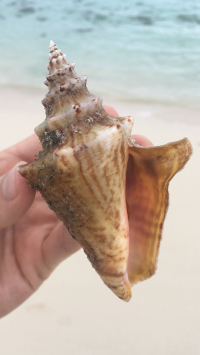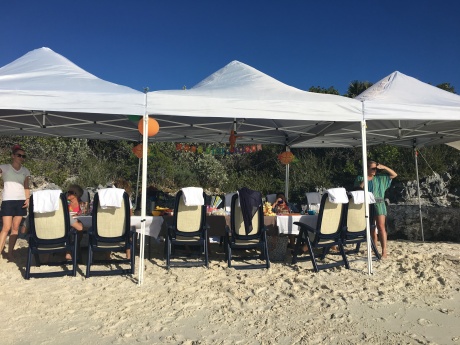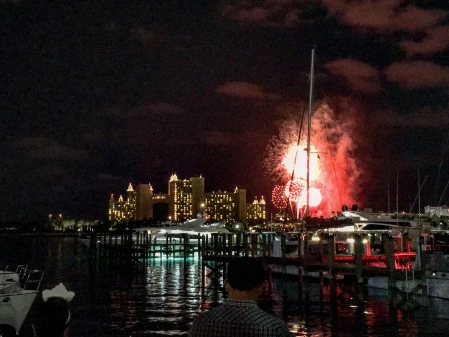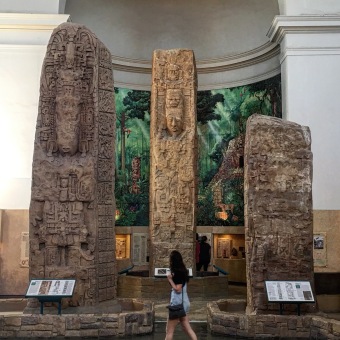I was watching this one video on Youtube from a channel called Defunctland, and reading some of the comments about the subject just had me thinking so I wanted to write my thoughts on the matter. It’s interesting how the loss of an amusement park can leave behind huge voids for their communities. Even in heavily populated places with numerous parks per capita, the loss of one can cause an enormous ripple effect of emotion among those who grew up with a now defunct park even with other alternatives to choose from. In a city which hardly has any amusement parks to speak of, the loss of one (likely the only one) may very well be the end of the world comparatively speaking in their devastating impact.
Consider Houston, the main subject of the video I watched, and the loss of Astroworld. When the park was demolished in 2005 it came off as an unexpected smack across the face to its patrons and left behind nothing but a giant parking lot occasionally used for the yearly rodeo; the wounds have still yet to heal and continue to linger without a sufficient replacement for what was lost and the nearest amusement parks of any significance/equivalence being hundreds of miles away.

In my case, I’m spoiled with a variety of amusement parks where I live like Knott’s Berry Farm, Universal Studios, Six Flags Magic Mountain, Legoland, SeaWorld, and of course the one and only Disneyland Resort. With the exception of maybe SeaWorld which has been struggling in recent years, many of these parks are going strong and show no signs of stopping anytime soon (at least as far as I know as an outsider anyway). The only similar experience I have that relates to what Houston dealt with is the loss of our main water park Wild Rivers back in 2011, which was once over the hill from where I currently live. Even here however the loss didn’t sting quite as badly for me because of the proximity of other water parks like Soak City next to Knott’s Berry Farm and Raging Waters in San Dimas (though I hardly went to those) and because the park was on borrowed time anyway.

When I was volunteering at Camp James next door to Wild Rivers in 2008 there were always talks about how this year or the next could be the very last one for both the camp and the water park as the Irvine Company, the owner of the land (also once home to Lion Country Safari for those older than me), wanted to develop new residential complexes in the area. Due to public pressure the lease would be extended, saving both Camp James and Wild Rivers for another day and allowing us to breathe a collective sigh of relief until the inevitable occurred. The inevitable finally came when the Irvine Company stopped extending the lease and the fun would come to an end in September of 2011. Camp James would move to a smaller location in Newport Beach and there is fortunately a new, larger Wild Rivers park in the process of (hopefully) being opened in Irvine’s Great Park by 2019.

I’m not entirely sure if the void left behind by Wild Rivers is comparable to what Houston lost because at least Wild Rivers was replaced by something useful for people, in this case new housing for residents, whereas Astroworld was replaced with an empty lot that serves no real purpose, so essentially nothing. The proximity of other amusement parks also lessens the blow liked I said before, but the feeling of emptiness I get at seeing a beloved local landmark like Wild Rivers being wiped off the map is still the same. There may be a silver lining for Houston however, as a new replacement park is being built, one that would apparently be “the new Astroworld” so perhaps all is not lost for Houstonians. Sometimes it takes paving paradise and putting up a (literal) parking lot to realize what you’ve lost and seek to create something better in the future.



























































